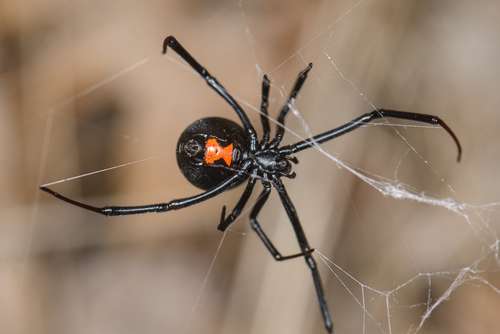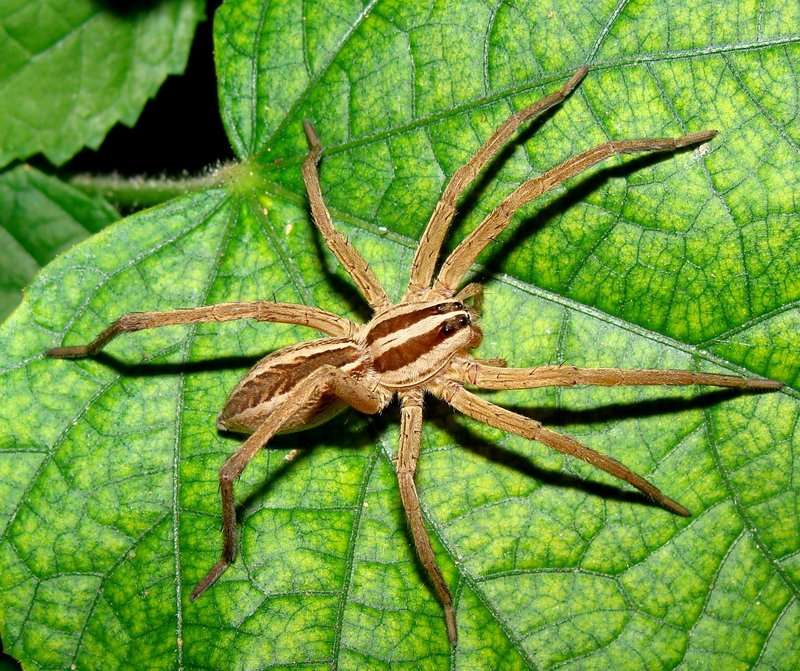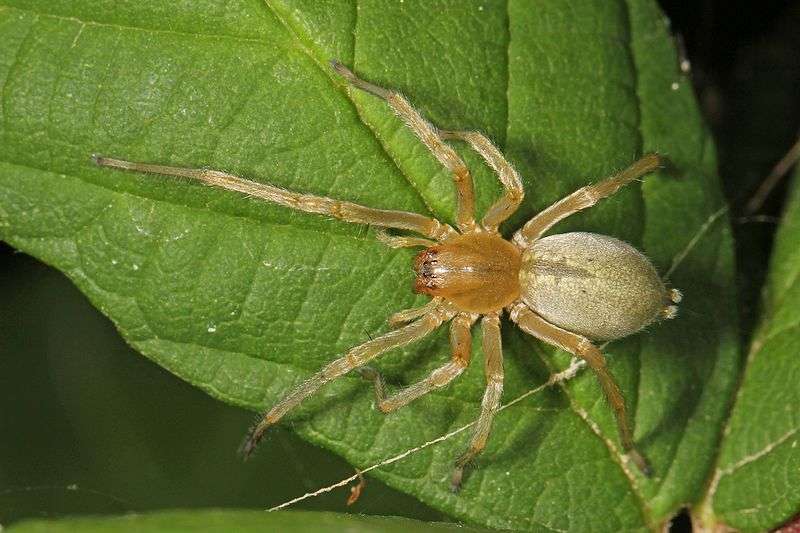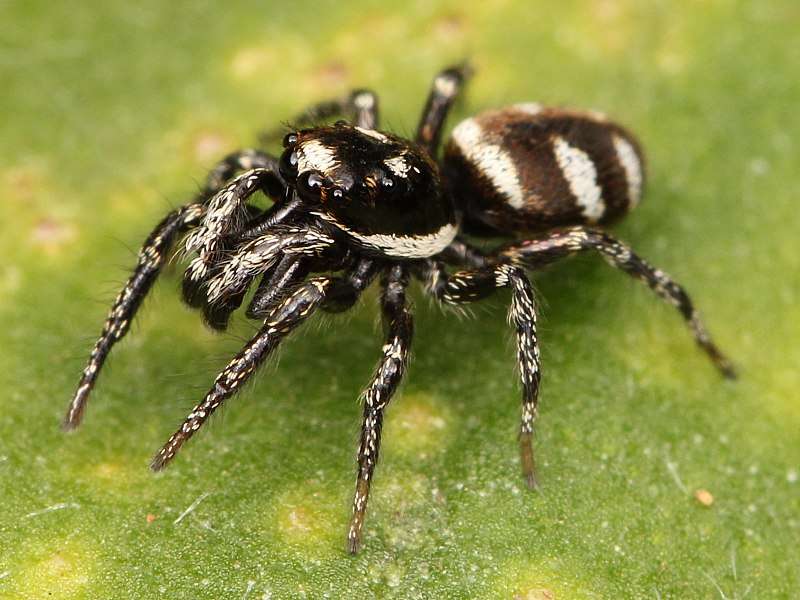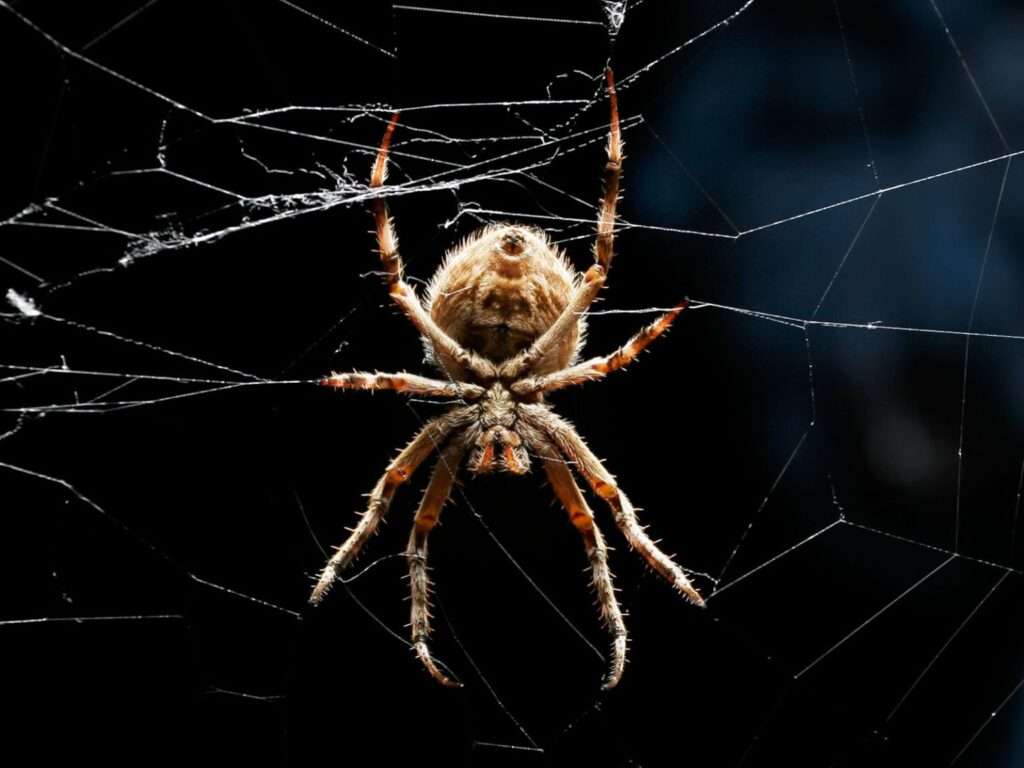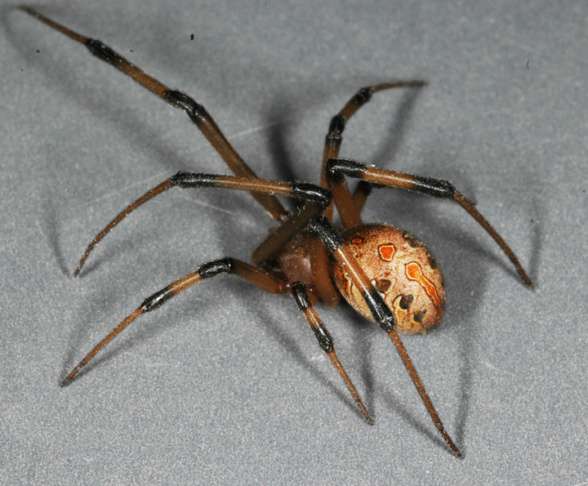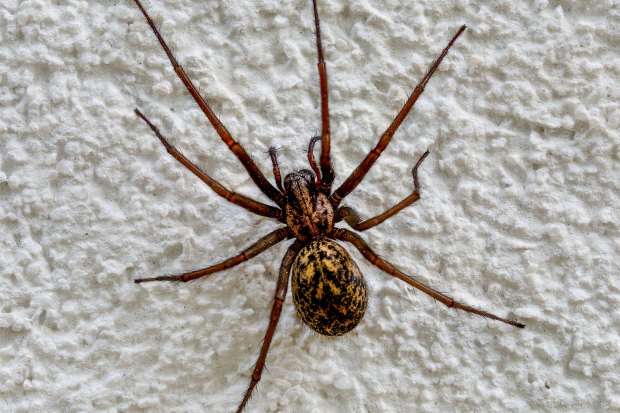Western Black Widow Spider
Western black widow spiders, sometimes known as western widows, are venomous spiders that can be found throughout western parts of North America. The female’s body is 14–16 mm (1/2 in) long, black, and frequently has a red mark in the shape of an hourglass on the lower abdomen. This “hourglass” symbol might be either yellow […]
Western Black Widow Spider Read More »


